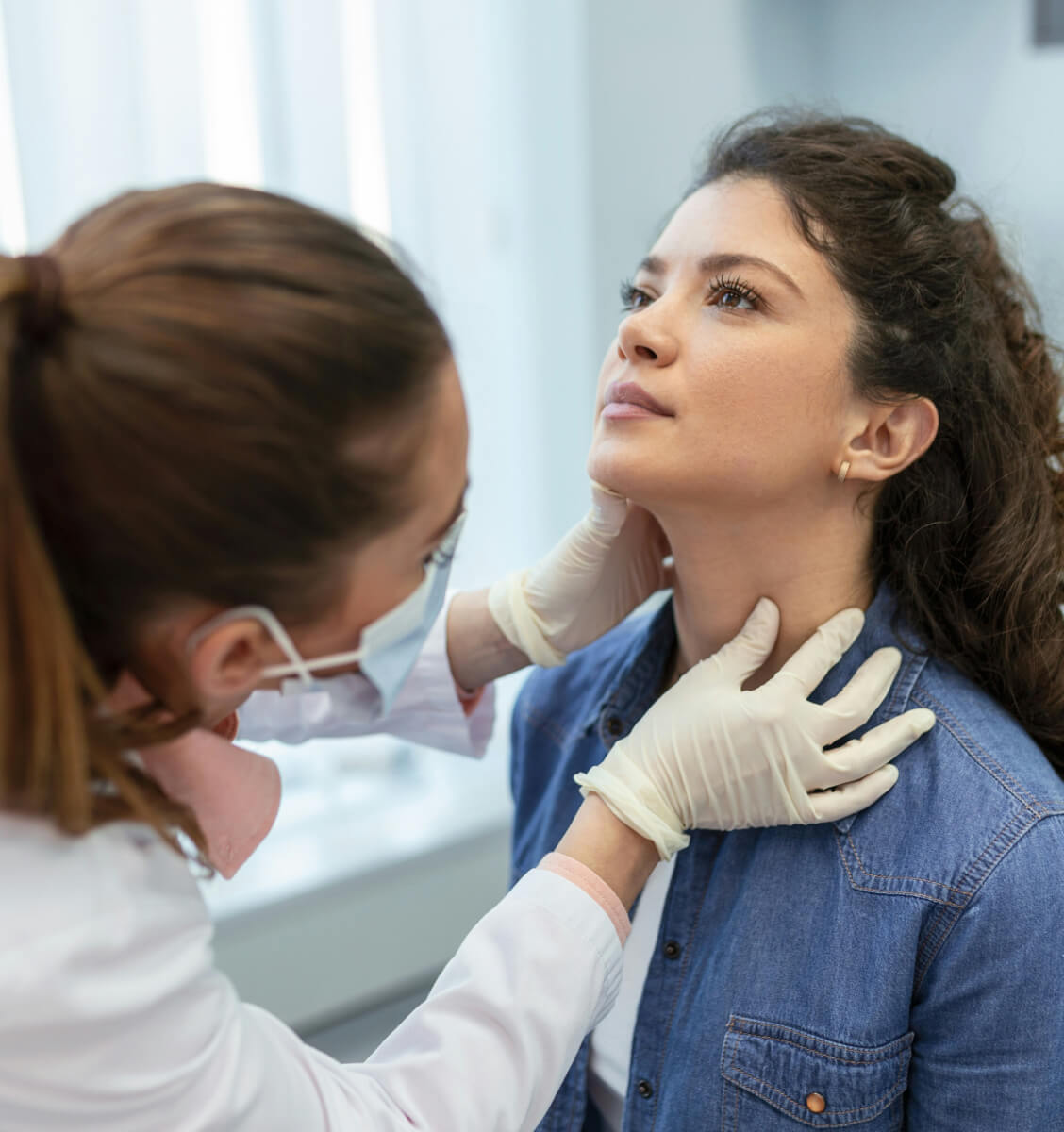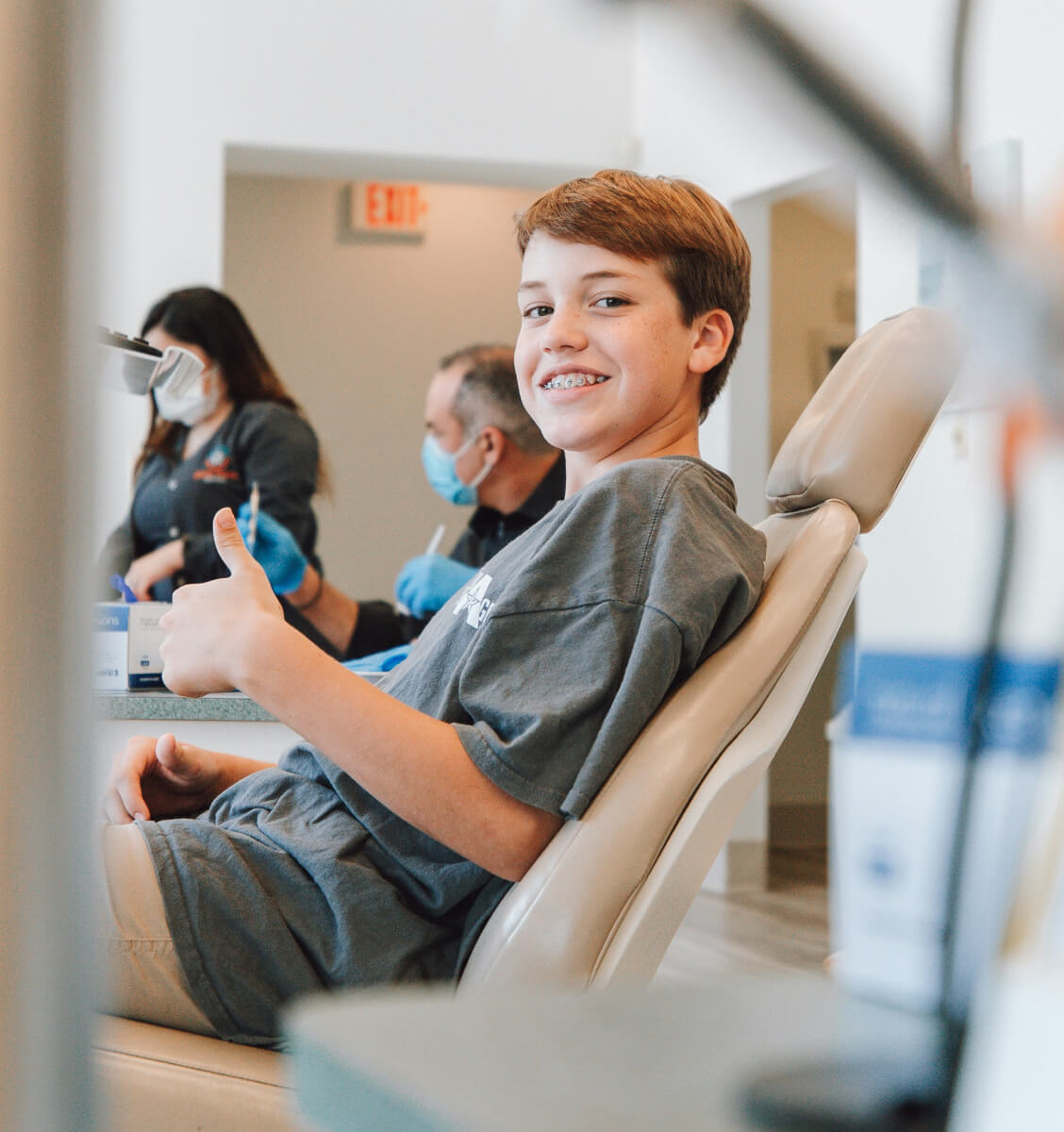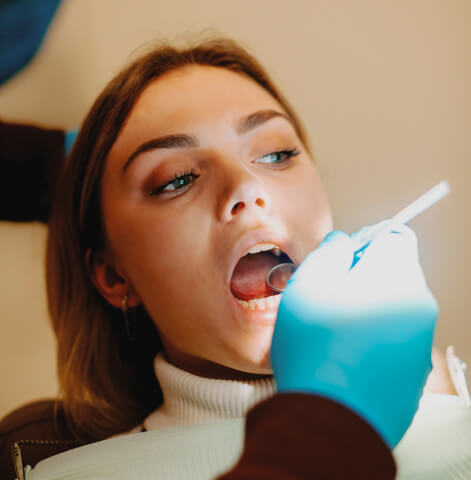January 27, 2025
Mucosal Melanoma
One of the rarest forms of melanoma, making up only about 1% of cases.
Understanding Mucosal Melanoma.
Mucosal melanoma is a rare and serious form of melanoma that starts in the moist inner surfaces of the body, like the inside of the nose, mouth, throat, anus, vagina or cervix. These areas contain pigment-producing cells (called melanocytes) and in rare cases, these cells can become cancerous. Unlike most other melanomas, mucosal melanoma is not caused by sun exposure. Because it develops in hidden areas of the body, it can be harder to notice and diagnose. Early detection matters. Knowing the possible signs and checking for changes in these areas can help identify mucosal melanoma sooner, when treatment may be more effective.
It makes up only about 1 to 3 percent of all melanoma cases in the U.S. and is seen more often in people of Asian descent. Mucosal melanoma may act differently than other types of melanoma and doctors are still learning more about how it grows and spreads. Because it is so rare, it is important to work with a care team that has experience treating this specific type of melanoma.
You can find information about clinical trials and treatment centers through the National Cancer Institute’s Cancer Types Finder.
Awareness Campaign
#OutOfTheShadows
Because mucosal melanoma is a rare disease and one that occurs in areas of the body that aren’t always comfortable to discuss, it can be challenging to find information and support. The MRF created the #OutOfTheShadows awareness campaign to feature patient stories, mucosal melanoma facts and additional educational resources. Read a guest blog post from self-described mucosal melanoma “thriver” James H. here, and learn more about additional members of the mucosal melanoma community through this video.

Mucosal Can Be Difficult to Identify Early On.
Mucosal melanoma is a rare melanoma that starts on moist surfaces inside the body, such as the mouth, nose, rectum, or vagina. It most often begins in the head and neck, followed by the rectum or anus, and then the vulva or vagina. Less often, it starts in the urinary tract or esophagus.
Unlike skin melanoma, it is not caused by sun or UV exposure. There are no clear or preventable risk factors, and most people who develop it have none. Because it grows in hidden areas and often causes no early symptoms, it is usually found at a later stage.
For more information, download the Mucosal Melanoma Fact Sheet.

Mucosal Melanoma Research Articles
A 2023 comprehensive review of primary mucosal melanomas in the National Library of Medicine provides a helpful overview of mucosal melanoma epidemiology and diagnosis.
View the Mucosal Melanoma Webinar Series
- Medical Therapy for Mucosal Melanoma – presented by Alexander Shoushtari, MD
- Mucosal Melanoma Awareness – presented by Alexander Shoushtari, MD and Kathy Hickey, melanoma survivor
- Clinical Presentation and Biology of Mucosal Melanoma – presented by Richard Carvajal, MD
- Local-Regional Treatment for Mucosal Melanoma – presented by Marlana Orloff, MD
- Medical Therapy for Mucosal Melanoma – presented by Alexander Shoushtari, MD
- Biomarker Studies for Mucosal Melanoma – presented by Michael Atkins, MD
NEW! Mucosal Melanoma White Paper
Read our new white paper: Proceedings from the Melanoma Research Foundation Mucosal Melanoma Meeting from our December 2022 mucosal meeting.

Citations
Content last reviewed: February 2024
Mihajlovic M, Vlajkovic S, Jovanovic P, Stefanovic V. Primary mucosal melanomas: a comprehensive review. Int J Clin Exp Pathol. 2012;5(8):739-753.







